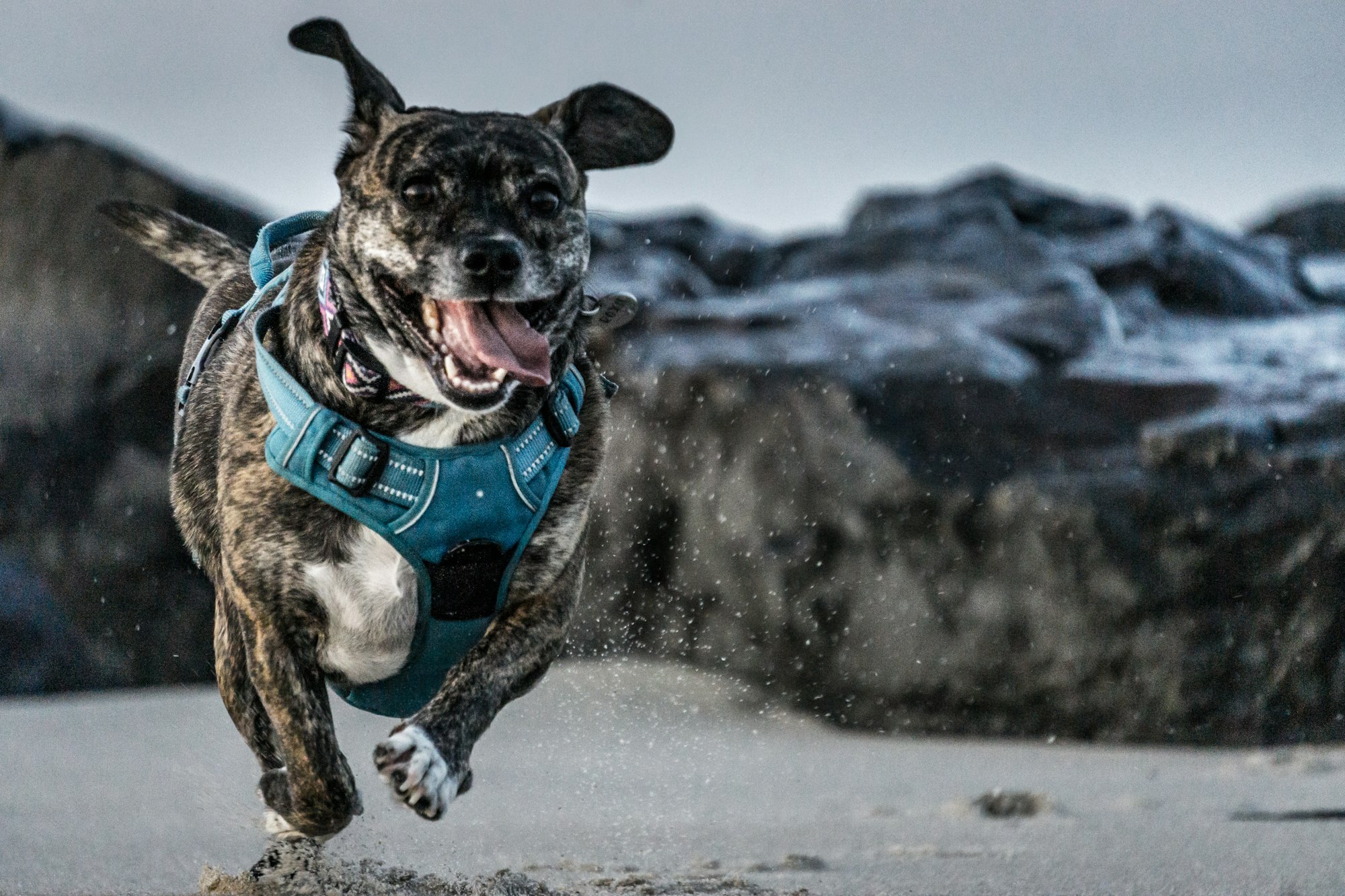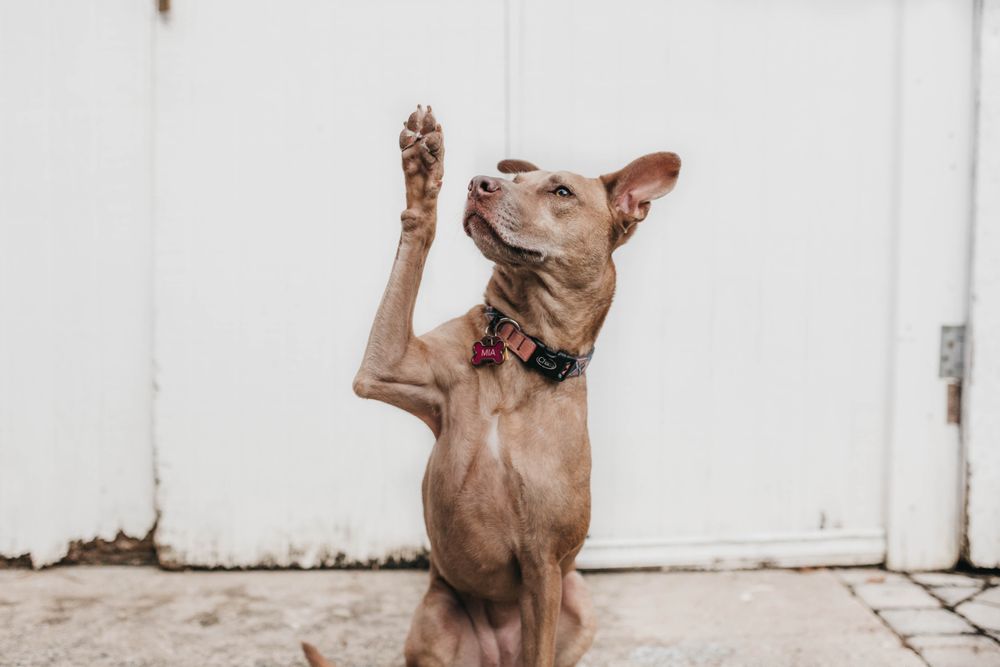Teaching your dog to come when called is very important, especially if you ever plan to let them off-leash. To help teach your dog to come, this article explains:
- Why it’s important to teach your dog to come
- Tips for teaching your dog to come
- What other pet parents are asking about teaching their dog to come
Why Is It Important To Teach Your Dog to Come?
Being able to call your dog away from a thing or situation that is dangerous, is a crucial skill and could potentially save your dog’s life. Think about it… If you’re able to successfully call your dog and have them come back to you, you could stop them from running into oncoming traffic, approaching a dangerous animal, or prevent them from encountering numerous other life-threatening situations.
Tips For Teaching Your Dog How To Come?
When teaching “Come”, it's really important to set up your dog’s training environment to help them be successful. This means practicing:
- In a quiet area.
- With no distractions.
- With your highest value rewards such as lamb lung
- Using a long leash or staying in a fenced in area until your dog reliably comes when called.
Once you’ve set up your dog’s environment, you can start practicing the three phases of come:
- Phase 1 - Introducing the verbal cue “Come”. Grab a handful of treats, stand in front of your dog, say “Come!” and drop a treat on the floor by your feet. To practice, schedule at home training sessions 3-5x per week, and repeat the exercise 8-10 times for 2 weeks.
- Phase 2 - “Come” at a distance. Grab a handful of treats, stand in front of your dog, say “Come!” and drop a treat on the floor by your feet. Once your dog has eaten the treat, toss another treat 5-10 feet away. As soon as your dog eats the treat, say “Come!” and then give your dog another treat when they come to you. When your dog is eating the treat, toss another treat 5-10 feet away. To practice, schedule at home training sessions 3-5x per week and gradually increase the distance over time.
- Phase 3 - Add distractions. Do everything mentioned in Phase 2, but add distractions to the mix. This could be a new person or going to an unfamiliar room. Continue to practice 3-5x per week and gradually increase the level of distractions over time.

Frequently Asked Questions About Teaching Your Dog to Come
What to do when your dog won’t come?
If your dog doesn’t reliably come when called, you shouldn’t allow your dog to be off leash and prioritize practicing your recall cue in a low-distraction environment such as your backyard or living room.
Why will my dog not come when called?
There are a number of reasons your dog might not be coming when called: they could be distracted, nervous or afraid. To help develop reliable recall cue, practice using a long leash or in an area with a fence and minimal distractions until your dog reliably comes when called. Save your highest value rewards for practicing “come” - your dog should love this cue more than any other!




